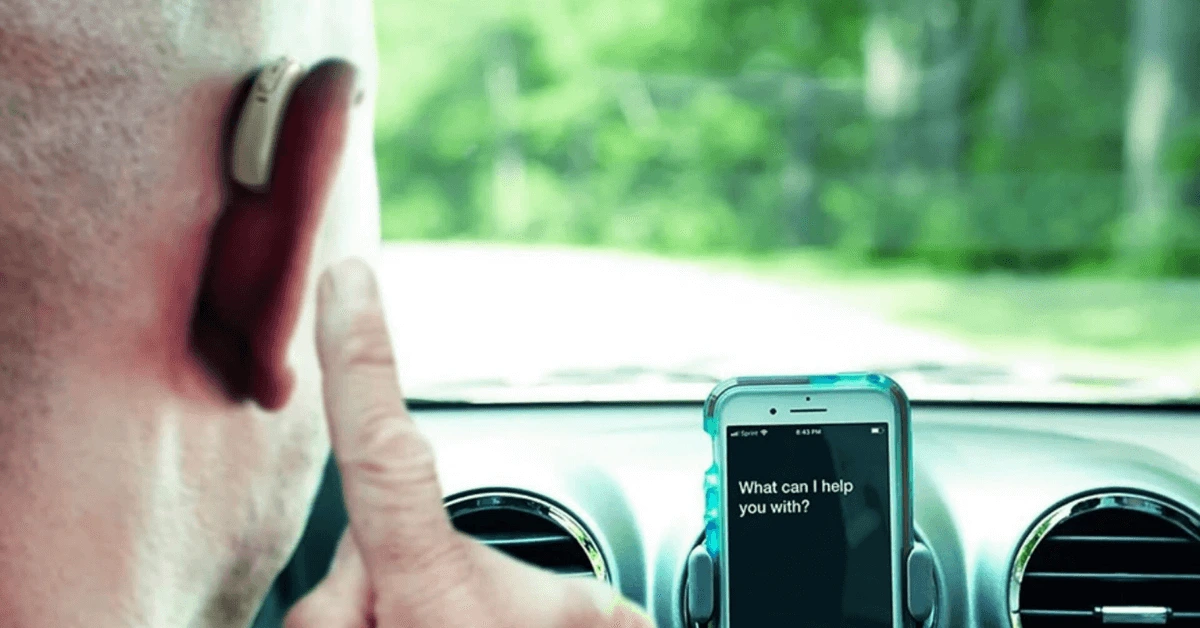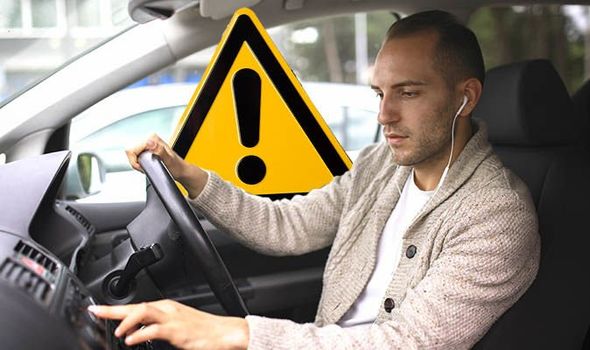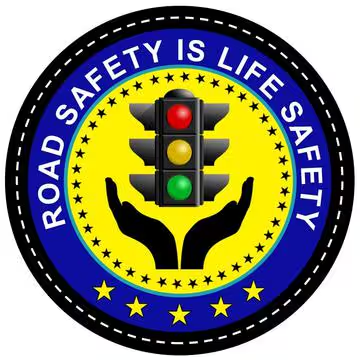Driving is a complex activity that requires your full attention, quick reflexes, and the ability to process multiple sensory inputs simultaneously. However, with the increasing popularity of personal audio devices like earbuds and headphones, many drivers have started using them while on the road. Whether it’s for listening to music, making hands-free calls, or blocking out external noise, this practice has become more common—but is it safe?
In this detailed article, we’ll explore the safety concerns, risks, legal implications, and expert recommendations regarding driving with earbuds. By the end, you’ll have a clear understanding of why this seemingly harmless habit could have serious consequences.
Also Read:
Does Driver Size Matter in Earbuds?
What Are the Different Types of Bluetooth Audio Codecs and How Do They Affect Sound Quality
10mm vs 13mm Driver
How Do I Know When My Earbuds Are Fully Charged?
How Many mm Driver is Good for Earbuds?
How to Reduce Ear Pain from Earbuds
How Long Should You Wear Earbuds a Day?
How Does the Microphone on Earbuds Work?
Can I Connect Smartwatch and Earbuds Together?
TWS Earbuds Under 1000 INR
Tws Earbuds Under 1500 INR
TWS Earbuds Under 2000 INR
Why Do People Drive with Earbuds?
Before diving into the risks and legalities, let’s first understand why people choose to drive with earbuds in. While the reasons may seem practical or convenient, they often overlook the potential dangers involved.
1. Listening to Music or Podcasts
Many drivers use earbuds to enjoy their favorite playlists or podcasts during long commutes. This can make driving more enjoyable and help pass the time.
2. Hands-Free Communication
Earbuds equipped with microphones allow drivers to make phone calls without holding their phones. This is especially useful for professionals who need to stay connected while on the move.
3. Noise Isolation
Some drivers use noise-canceling earbuds to block out external sounds like traffic noise or construction work. This creates a more peaceful driving environment but comes at the cost of reduced situational awareness.
4. Navigation Assistance
With GPS apps providing turn-by-turn directions, some drivers prefer using earbuds to hear instructions clearly without disturbing passengers.
While these reasons may sound reasonable, they fail to account for how earbuds can impair a driver’s ability to stay alert and responsive on the road.
The Safety Risks of Driving with Earbuds
Driving is inherently risky, and adding distractions like earbuds only increases the likelihood of accidents. Here are some of the most significant safety risks associated with driving while wearing earbuds:
1. Reduced Situational Awareness

One of the most critical aspects of safe driving is being aware of your surroundings. Earbuds can block out important auditory cues such as:
- Emergency Vehicle Sirens: Ambulances, fire trucks, and police cars rely on sirens to alert drivers and clear traffic.
- Horns from Other Vehicles: A honk can warn you of an impending collision or signal that another driver needs your attention.
- Pedestrian Warnings: Pedestrians often shout or make noises to alert drivers in dangerous situations.
- Environmental Sounds: Sounds like train horns at railroad crossings or tire screeches can provide crucial warnings.
By isolating yourself from these sounds, you’re essentially driving in a bubble, which significantly reduces your ability to react quickly.
2. Cognitive Distraction

Even though earbuds don’t require you to physically hold a device, they still contribute to cognitive distraction. When you’re focused on a song lyric, podcast topic, or phone conversation, your brain has less capacity to process what’s happening on the road.
According to research by the National Safety Council (NSC), cognitive distractions are just as dangerous as visual or manual distractions because they impair your ability to make split-second decisions.
3. Impaired Reaction Time

Driving requires quick reflexes, especially in emergency situations. Studies have shown that drivers using earbuds experience delayed reaction times compared to those who don’t. For example:
- A delay of just 0.3 seconds at 60 mph means traveling an additional 26 feet before stopping—enough distance for a serious accident.
4. Increased Risk of Accidents

Distracted driving is one of the leading causes of road accidents worldwide. According to data from the National Highway Traffic Safety Administration (NHTSA):
- Distracted driving contributed to 3,522 deaths in 2021 alone.
- Drivers using headphones or earbuds are four times more likely to be involved in accidents compared to those who aren’t distracted.
These statistics highlight how seemingly small distractions can have life-altering consequences.
Legal Implications of Driving with Earbuds
The legality of driving with earbuds varies depending on where you live. While some regions have strict laws against it, others are more lenient but still discourage the practice due to safety concerns.
Countries Where It’s Illegal
In many countries around the world, using earbuds or headphones while driving is prohibited outright. For example:
- In India, Section 184 of the Motor Vehicles Act penalizes any form of distracted driving.
- In Australia, wearing headphones while driving is considered unsafe and could result in fines or demerit points.
States in the U.S. Where It’s Illegal
Several U.S. states have laws specifically banning the use of earbuds while driving:
- California
- Virginia
- Minnesota
- Washington
These states recognize that auditory distractions can be just as dangerous as visual ones.
States with Exceptions
Some states allow limited use under specific conditions:
- Single Earbud Use: States like New York permit drivers to use one earbud for phone calls or navigation purposes.
- Hearing Impairment Devices: Exceptions are made for individuals who rely on hearing aids or similar devices for medical reasons.
| State | Legal Status | Exceptions |
|---|---|---|
| California | Illegal | None |
| Florida | Illegal | One earbud allowed |
| New York | Illegal | Single earbud for calls allowed |
| Texas | Legal | No restrictions |
| Virginia | Illegal | None |
Drivers should always check their local laws before using earbuds while behind the wheel.
Expert Opinions on Driving with Earbuds
Experts universally discourage driving with earbuds due to its impact on situational awareness and overall safety. Here are some key insights:
1. American Automobile Association (AAA)

The AAA strongly advises against any activity that distracts drivers from focusing on the road. They emphasize that even hands-free devices can divide attention and increase accident risks.
2. Road Safety Organizations

Groups like Vision Zero advocate for minimizing distractions while driving and recommend using car audio systems instead of personal audio devices.
3. Psychologists and Neuroscientists

Research shows that multitasking significantly reduces cognitive efficiency. Listening through earbuds while driving forces your brain to juggle tasks, which compromises both activities.
Alternatives to Using Earbuds While Driving
If you want to enjoy music or stay connected without compromising safety, consider these safer alternatives:
1. Use Your Car’s Audio System
Most modern vehicles come equipped with Bluetooth-enabled audio systems that allow you to play music or take calls hands-free without blocking external sounds.
2. Opt for Hands-Free Devices
Devices like Bluetooth earpieces or integrated car microphones enable communication without isolating both ears.
3. Rely on Voice Commands
Many smartphones and GPS systems now support voice commands for navigation and calling, reducing the need for physical interaction.
4. Keep Volume Levels Low
If you must use any audio device while driving, ensure that the volume is low enough so you can still hear ambient sounds like sirens and horns.
Comparing Earbuds vs Other Audio Devices
To better understand why earbuds pose unique risks compared to other audio options like car speakers or Bluetooth systems, here’s a comparison:
| Feature | Earbuds | Car Speakers |
|---|---|---|
| Auditory Isolation | High | Low |
| Situational Awareness | Reduced | Maintained |
| Cognitive Distraction | Moderate | Minimal |
| Reaction Time | Slower | Faster |
As shown above, car speakers are a much safer option because they don’t isolate you from your surroundings or significantly distract your mind.
Frequently Asked Questions
Q1: Can I use one earbud instead of two while driving?
Using one earbud may be safer than two because it allows one ear to remain open for external sounds; however, it still poses risks due to cognitive distraction.
Q2: Are noise-canceling earbuds worse than regular ones?
Yes! Noise-canceling earbuds block out more external sounds than regular ones, further reducing situational awareness and increasing danger levels.
Conclusion
While it might seem convenient or harmless at first glance, driving with earbuds is far from safe—and in many places, it’s also illegal. The reduced situational awareness caused by auditory isolation can delay reaction times and increase accident risks significantly. Moreover, laws in various regions reflect growing concerns about distracted driving caused by personal audio devices.
Instead of relying on earbuds while behind the wheel:
- Use your car’s built-in audio system.
- Opt for hands-free communication tools.
- Keep both ears open for maximum situational awareness.
Remember: when you’re behind the wheel, safety should always come first—for yourself and everyone else on the road!

